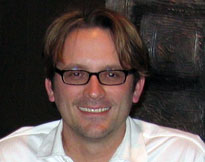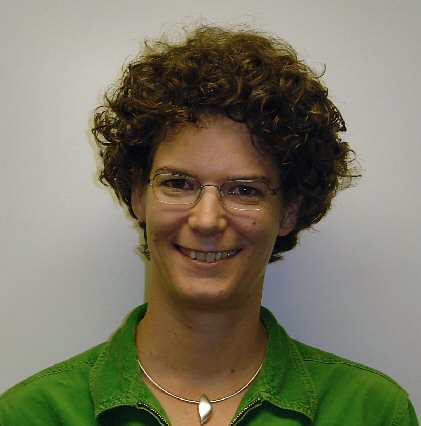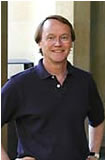Frauke Kreuter, Joint Program in Survey Methodology, University of Maryland
Methodological challenges to a population-based analysis of antecedents
and consequences of empirically derived criminal trajectory profiles (with co-author Bengt Muthén)
Over the last 25 years, a life-course/developmental perspective of
criminal behavior has become more and more prominent in criminological
literature. The theoretical development of this perspective goes hand in
hand with the development of statistical modeling techniques for
longitudinal data, in particular latent class growth models, growth
mixture models, and parallel processes to name just a few. However while
there is a growing body of literature applying these statistical
techniques to empirical data, the usage and usability of these techniques
has been challenged. This paper will revisit the rationale for
applying group-based modeling techniques, compare modeling alternatives,
and discuss model extensions that might be better suited to meet the needs
of criminological theory. In addition we will evaluate model sensitivity
and discussion replication issues. (Key words:
latent class growth modeling, growth mixture modeling, zero-inflated
Poisson distribution, developmental trajectory groups)
|











